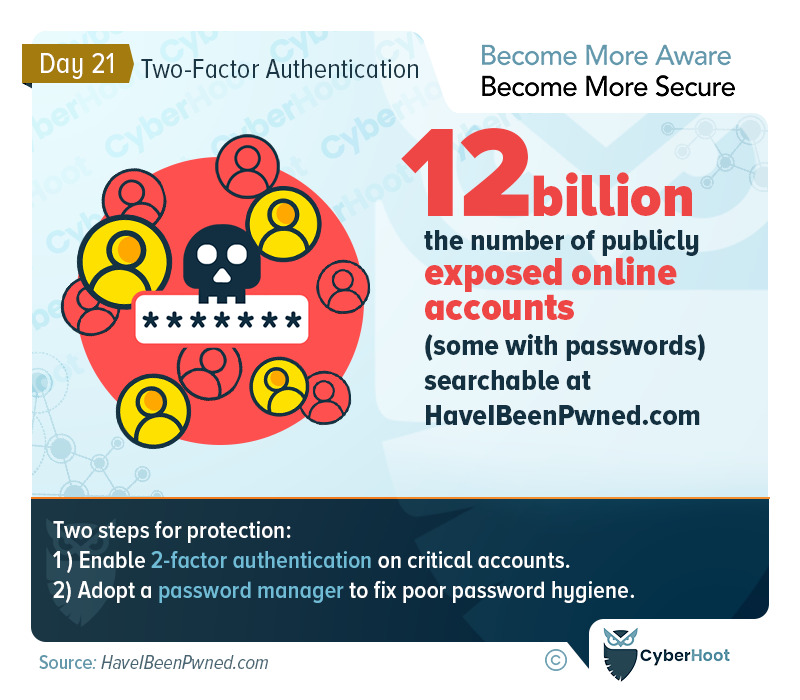
Did you know there are more than 12,000,000,000 accounts available on the public internet for hackers to review when trying to break into your company. Cybersecurity experts multiple that by 2-4x for credentials floating around hacker forums on the dark web. Hackers seek companies who haven’t adopted two-factor authentication on their email accounts so they can exploit the users whose credentials are available online. This leads to Business Email Compromise or BEC for short. In the best case, the hacker sends invoices to every contact in the email address that’s been hacked into via BEC. In the worst case, they execute Wire Transfer Fraud and receive hundreds of thousands of dollars from your company via a Wire that cannot be recovered.
If this sounds bad or unusual, know this: the FBI has quoted BEC and Wire fraud as costing businesses world wide more than $26 billion in 2019 alone. It has only gotten worse since then. One of the best measures of protection is to prevent the most common forms of attack by enabling Multi-factor authentication on your email. There are other measures and best practices outlined below every business must adopt before they are breached. Stop procrastinating, schedule a meeting with CyberHoot today.
CyberHoot believes that for many small to medium sized businesses and MSPs, you can greatly improve your defenses and chances of not becoming another victim of cyberattack if you follow the advice above.
We hope you’re enjoying Cybersecurity Awareness Month (CAM). Visit or subscribe to CyberHoot’s Facebook, LinkedIn, or Twitter pages to get daily updates throughout the month.
FBI Overview of Business Email Compromise and What to Do to Protect Yourself
https://youtu.be/TC4TpghUVIk
Discover and share the latest cybersecurity trends, tips and best practices – alongside new threats to watch out for.

In cybersecurity, not all attacks happen through fancy malware or zero-day exploits. Some of the most effective...
Read moreGet sharper eyes on human risks, with the positive approach that beats traditional phish testing.
